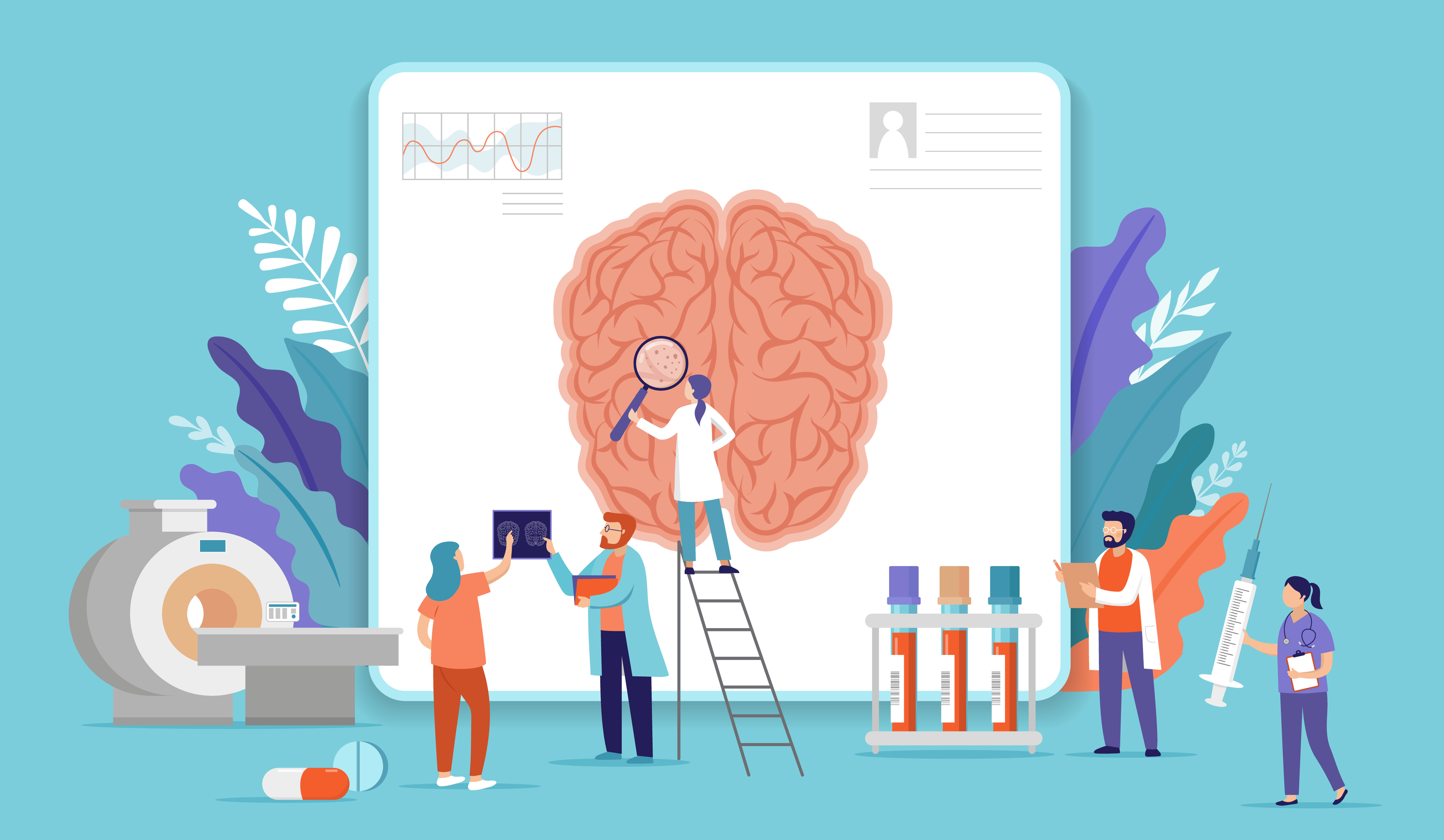
Release date: 2024.04.12
Diagnostic imaging has become indispensable in medical care, and Japan has played a leading role in the research and development of CT (Computed Tomography), which uses X-rays to depict cross-sectional images of the inside of the body, and MRI (Magnetic Resonance Imaging), which uses strong magnets and radio waves to depict cross-sectional images of the inside of the body. These advanced diagnostic imaging technologies have made a significant contribution to the accurate diagnosis and early detection of diseases.
CT is characterized by low radiation dose and short imaging time, and is excellent for imaging hard tissues such as bones and calcifications. Therefore, it is used in a wide range of fields, such as diagnosing trauma and tumors, angiography, and virtual endoscopy.
Since CT was first put to practical use in the early 1970s, it has evolved dramatically through technological innovation over the past 40 years. Around 1990, helical scanning, which takes continuous images while moving the patient, was put to practical use, and then multislice CT was developed to scan one organ in one rotation without moving the patient, capturing the movement of the organ through continuous rotational scanning. After a prototype with 256 rows (rows: number of detectors in the body axis direction, the number of images that can be obtained in one rotation. The more rows there are, the wider the range of images that can be captured in one rotation), a 320-row multislice CT was put to practical use in 2007. This significantly improved the ability to observe the shape of the coronary arteries and blood flow in detail compared to conventional machines.
Japanese CT technology is highly regarded worldwide for its high-speed imaging technology, radiation dose reduction technology, and low-cost CT. High-speed imaging technology can capture the movement of the heart and other organs in a short time, obtaining clear images. Radiation dose reduction technology can significantly reduce the patient's radiation exposure compared to conventional methods. Low-cost CT has also been developed, contributing to its widespread use in developing countries.
The main feature of MRI is that it can obtain cross-sectional images from various angles. It can image blood vessels without using radiation or contrast agents, and is less affected by bones, so it is used for tests to detect brain tumors, cerebral infarction, cancer, etc., and to examine the condition of the uterus and ovaries.
Research and development of MRI, which uses the magnetic resonance of hydrogen nuclei in the human body to generate images, began in the 1970s and was put to practical use in the 1980s. The stronger the magnetic field, the higher the image quality of the MRI, and the strength of the magnetic field (magnetic flux density) is expressed in units of T (tesla). The first full-body MRI developed in 1983 was 0.15T, an order of magnitude smaller than the 1.5T or 3T currently mainstream in clinical practice, but its basic configuration was almost the same as that of the latest MRI. Then, in 1995, mass production of the world's first open-type MRI began. Open-type MRI has a wide opening, allowing patients to undergo examinations without being trapped inside a tunnel. This provides a more comfortable examination environment for patients with claustrophobia or anxiety.
Japan's MRI technology is known for its innovative technologies, including the world's first commercialized whole-body MRI, open-type MRI, high-resolution MRI, and AI-equipped automated diagnosis MRI. The whole-body MRI developed in 1983 laid the foundation for the current MRI. In addition, the open-type MRI, which began mass production in 1995, provided a comfortable examination environment even for claustrophobic patients. High-resolution MRI using gradient coil technology has achieved accuracy more than 10 times higher than conventional methods. In addition, high-speed imaging techniques such as ECG-synchronized imaging and parallel imaging have also been developed. And AI-equipped automated diagnosis MRI contributes to improving diagnostic accuracy and reducing the burden on doctors.
Research and development of CT and MRI is expected to continue in various fields, such as further reduction of radiation dose, development of high-speed imaging technology, image diagnosis support using AI, and miniaturization and weight reduction. In addition, it is expected that unknown functions of MRI will be explored, such as the development of new measurement methods. It is expected that research and development of CT and MRI in Japan will continue to contribute to the advancement of medicine.
MEDIUS Group is developing a business centered on the sale of medical equipment. We (Medical + us) involved in medical care also want to play the role of an information source (Media) that delivers useful information for the medical field and people's healthy tomorrow.